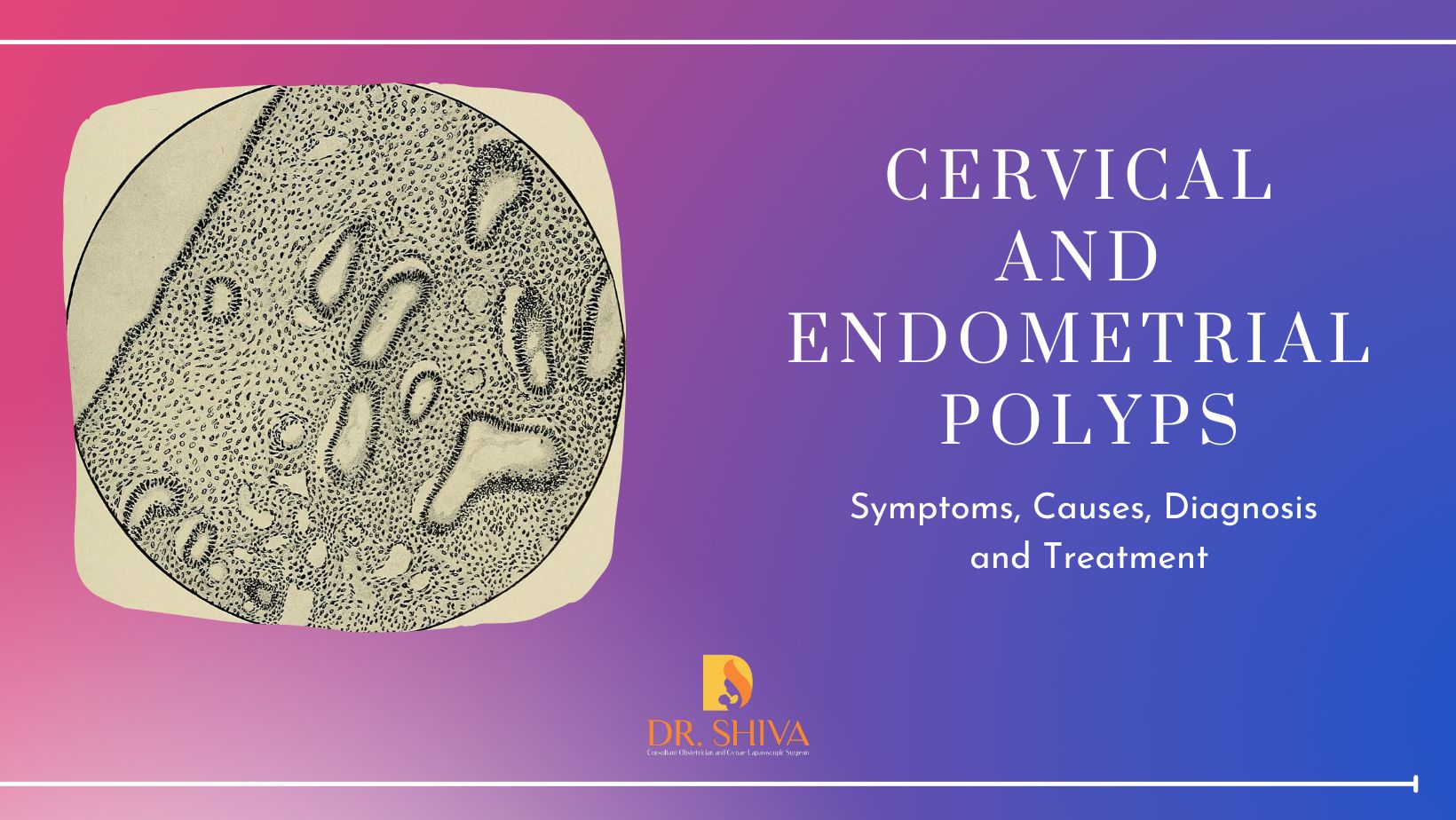
A polyp is a nodule or lump that grows on the inner lining of the organs. An endometrial polyp develops from the endometrial tissue and grows inside the uterine cavity. A cervical polyp originates from the epithelial cells of the cervix and grows on the outside of the uterus, at the top of the vagina. Typically, these polyps are not highly detrimental, primarily causing symptoms. However, there is a slight probability, ranging from 1 to 3%, that they may become cancerous.
Symptoms of having cervical or endometrial polyp
- Irregular menstrual bleeding.
- Intermenstrual bleeding.
- Vaginal bleeding after intercourse
- Bleeding after menopause.
- Infertility in some.
Some do not experience any symptoms instead only identified during an ultrasound (endometrial polyp) or pap smear(cervical polyp).
Causes and risk factors
Estrogen levels contribute to the development of endometrial polyps. Having certain medications as a treatment for breast cancer can result in higher estrogen levels. Being obese and high blood pressure are other causes. Infection and chronic inflammation can cause cervical polyps.
Diagnosis
- Hysteroscopy – During hysteroscopy, a medical professional inserts a hysteroscope through the cervix into the uterus to view the uterine cavity and identify any polyps. The procedure also allows for the removal of the polyps using the same instrument.
- Hysterosonography (HSG) – During hysterosonography (HSG), a medical professional injects sterile water into the uterine cavity, causing the uterus to expand. This procedure helps provide a clearer view of the polyps and facilitates their identification.
- Pelvic Ultrasound – This procedure provides a view of the internal area and helps identify the presence of any polyps.
The polyps can be of two types
- Symptomatic- in this case, the removal of the polyps will help to resolve the issue caused such as bleeding or discharge.
- Asymptomatic – Removing asymptomatic cervical polyps and endometrial polyps is necessary to exclude the chances of cancer developing.
Treatment
While medications may be provided to reduce the symptoms, it is important to note that the effects are temporary. Treatment is the removal of these polyps. Cervical polyps present on the outside of the uterus are comparatively easier to find and remove. Endometrial polyps which are found inside the uterine cavity will require a more detailed procedure. The polyps are removed by scraping or resecting them. Ring forceps are also used to remove the polyps. Some of them may be sent to the laboratory to check if they are benign or cancerous. The treatment is minimally invasive, and, in most cases, local anesthesia is used.
Recovery
The recovery is fast and there are no major cuts or postoperative pain from this surgery other than mild cramping and slight staining. Polyps once removed do not grow back but there are chances for new ones to come.
Can we prevent cervical polyps and endometrial polyps?
Although regular gynecological check-ups and pap smear tests can help detect cervical polyps and endometrial polyps, it is important to note that they cannot be prevented.

